Kanban History: Origin & Expansion Across Industries
ProjectManager.com
APRIL 25, 2024
The kanban board is broken down into columns that represent the different stages of a process, and the kanban cards are individual tasks that move from one column to the next as they move through the process. This created less waste and increased the efficiency of processes. When one bin is empty, the next bin refills it.

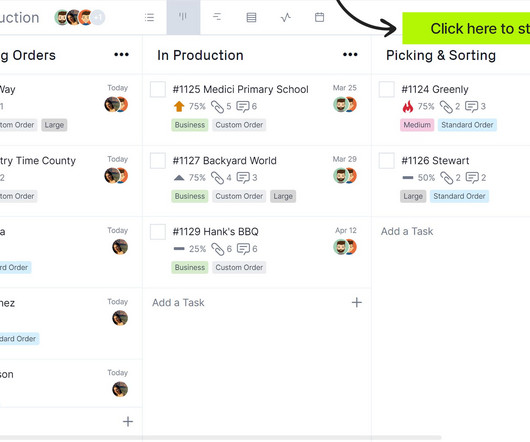




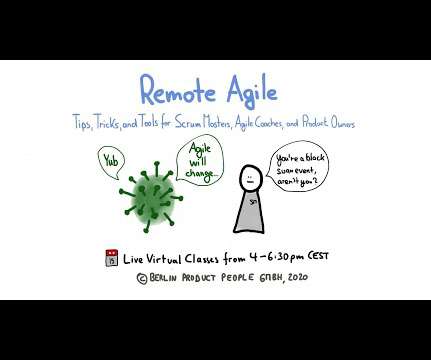
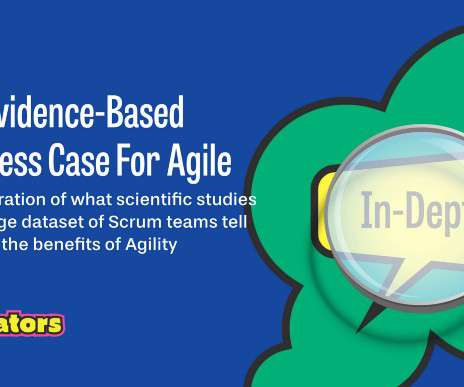



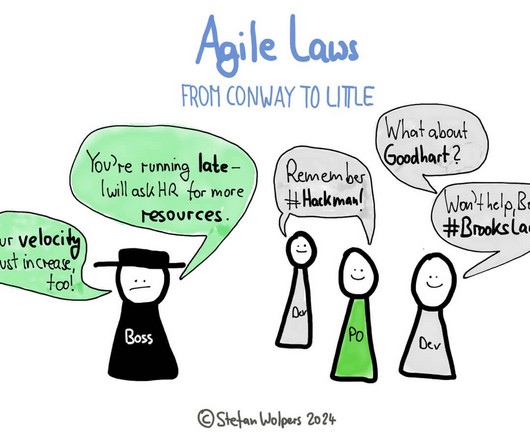







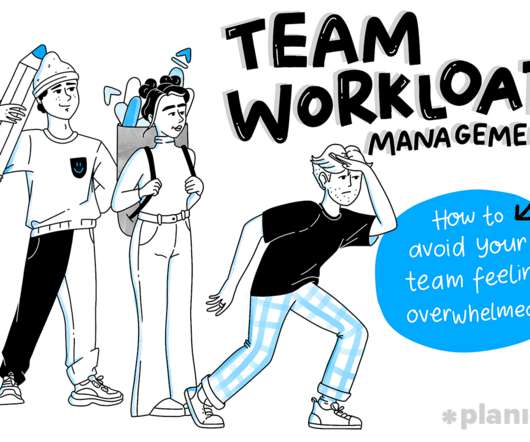













Let's personalize your content